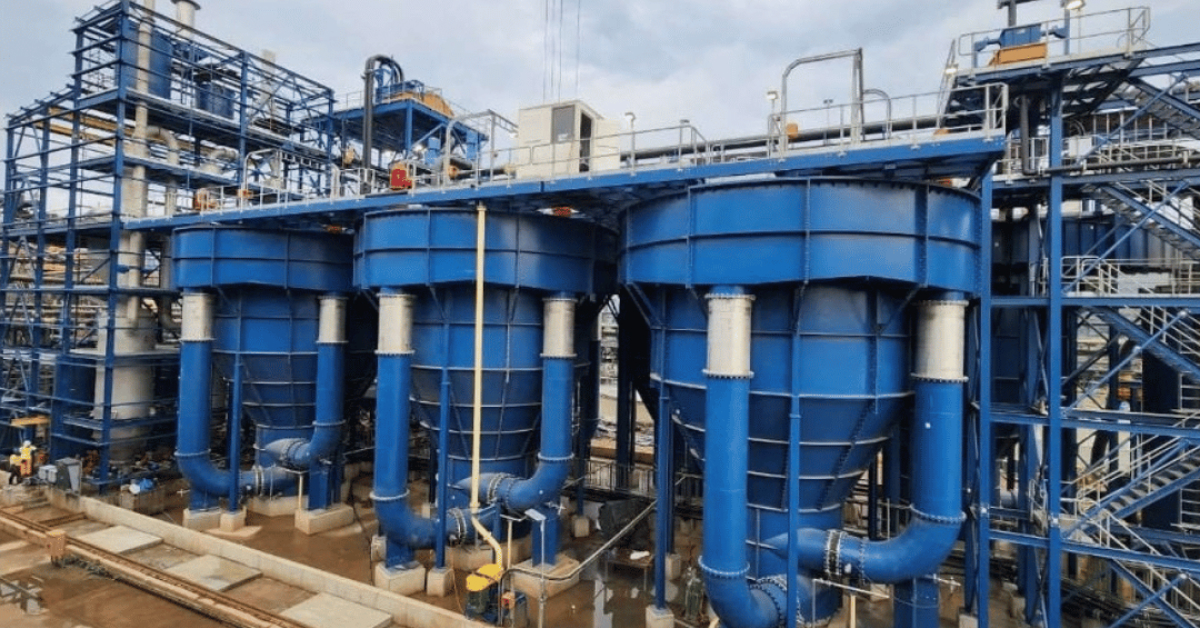As the only Institute of its kind in the region, the Southern African Institute of Steel Construction (SAISC) is uniquely positioned to service its current and prospective members, the steel construction industry, and individuals involved with and interested in steel construction – including engineers across the spectrum. One of the strengths that the Institute is particularly able to offer engineers as members lies in the value of the knowledge it is able to share.

Amanuel Gebremeskel, Chief Executive Officer of the SAISC, explains: “It is a universal truth that having access to information does not necessarily mean having access to knowledge. In this regard, the world can often be seen to be ‘information rich but knowledge poor’. The distinguishing factor lies in the recipient being able to understand and apply the facts, and not simply have access to the facts.
As the voice of the local steel industry for some 66 years, the SAISC is able to process and package the technical and market-related information which we have at our disposal and make it available as knowledge that is easily understood and – importantly – able to be constructively used.”
Creating a more holistic offering by widening the membership pool
Denise Sherman, SAISC Marketing and Management Consultant, agrees, adding: “The Institute has built up an extensive pool of international knowledge, which we gladly share across the steel value chain. This includes our original member body, made up of steel mills, merchants and steel fabricators born out of the South African mining industry. Over time, we have noted that many engineers are also making use of our resources, but without necessarily being members of the SAISC.
We would like to encourage them to become members of the Institute in order to be able to tap into an even richer fabric of available knowledge, for the greater benefit of all role players across the local steel value chain.”
Sherman adds that in a recent article in Business Tech online, South Africa’s engineering capacity has dwindled at an alarming rate over the last decade. While factors such as emigration were cited, so was the need for increased mentorship, problem-solving skills and depth of knowledge from the engineering sector.
“This underlines an urgent need for the supportive and inspirational resources such as those which the SAISC can offer to the engineering sector,” she comments.
“In addition, we believe it is important for engineers to become members of the SAISC, as they are already an integral part of the steel construction landscape – for example offering design and technology input – and as specifiers of the products used by a number of our other members. A greater percentage of engineers as members would allow the creation of a more comprehensive and holistic industry body.”
Repurposing and refocusing: the importance of sharing knowledge
Gebremeskel explains that since its inception, the SAISC has been able to play different roles across the industry, at different times. “The Institute’s original core purpose was to curate and share knowledge,” he explains. “However, over the decades since the 1950s, the need also arose to assist members by acting as an intermediary and lobbyist, assisting in resolving member- and industry-related issues. While this shift in focus has allowed the SAISC to maintain awareness, credibility and relevancy within the industry, we have noted a need to also return our attention and efforts back to the Institute’s original core purpose: namely, the sharing of knowledge.
We believe that we have a particularly valuable offering in this regard for engineers, who are able to use our targeted and extremely knowledgeable resources and assistance in their professions in much the same way as a compass provides direction. We believe that we have much to offer civil and structural engineers specifically; however, we also receive queries from mechanical and electrical engineers.”
Engineers and the Institute: a two-way street
With access to over 60 years’ worth of local steel industry project case studies, and an impressive number of experienced and highly-qualified team members, the SAISC is well-known as a custodian of steel industry knowledge and standards. This includes the creation and sale of popular technical publications, training, and helping with technical queries relating to steel construction and structural engineering.
“The Institute is highly respected for its reservoir of authoritative technical knowledge, and is, in fact, one of only 6 Institutes of its kind in the world,” clarifies Gebremeskel.
“As such, we are able to consult with engineers, specifiers and architects on design recommendations and offer experienced technical input. We have a great deal of resources that local engineers are already accessing. However, if they become members of the Institute, they would have access to even more – and to our targeted guidance and mentorship – as required. We would also encourage engineers to work with fabricators who are members of the SAISC.
We are able to offer discounts on various services and products, and we provide technical and marketing opportunities, including entering noteworthy projects in our annual SAISC Steel Awards. In short, through the wide network of relationships we are able to foster, we can offer even wider access to a community with which engineers can engage.”
Being able to broaden the membership of the Institute to include more engineers would also benefit the SAISC as an industry body, notes Sherman.
“We are very keen to engage with more engineering members in order to access the market intelligence they are able to offer,” she explains.
“For example, market intelligence regarding the steel structures and designs which engineers’ clients are currently requesting.
We would also like to encourage future engineer members to share their knowledge in turn via the SAISC’s technical talks and training; as well as the individual mentoring of young engineering students. In this way, the offering becomes a ‘two-way street’ for the greater development, empowerment and benefit of all role players within the local steel value chain,” she concludes.






